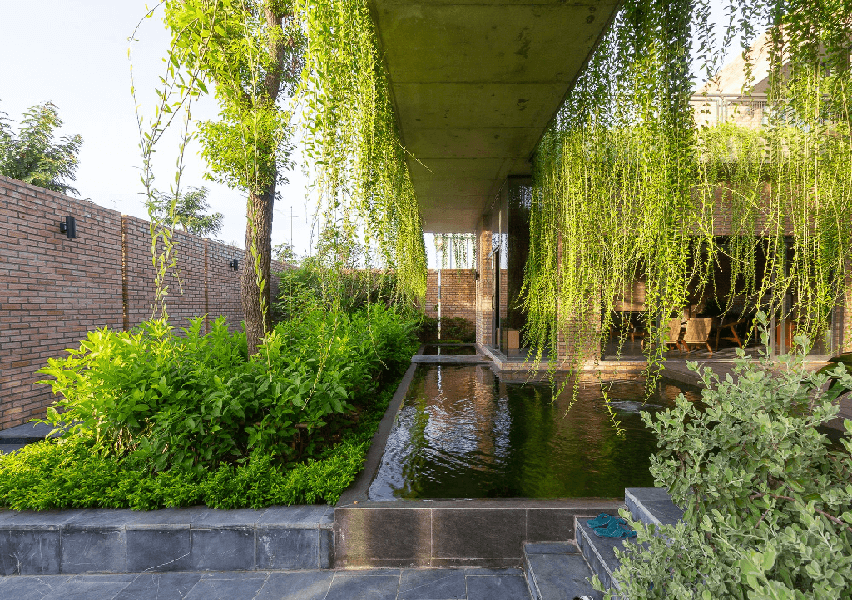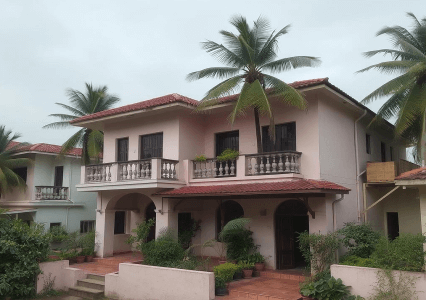
What is the Influence of Biophilic Design on Wellbeing in Indoor Spaces and how does Poetree Homes incorporate biophilic design in its properties?
Answer: Biophilic design, rooted in the concept of biophilia (the innate human tendency to seek connection with nature), emphasizes incorporating natural elements and patterns into built environments. This approach has gained significant attention in recent years for its potential to improve wellbeing in indoor spaces.
Key factors contribute to the positive influence of biophilic design on wellbeing are mentioned as below:
- Stress Reduction: Exposure to natural elements such as sunlight, greenery, and flowing water has been shown to reduce stress levels. Biophilic design seeks to integrate these elements into indoor spaces, creating environments that promote relaxation and calmness.
- Our projects at Poetree Homes are designed to provide ample sunshine, cool breeze and dazzling vistas of the waterfront. These features enhance the living experience and provide complete peace of mind.
- Enhanced Cognitive Function: Studies have demonstrated that access to nature or views of natural landscapes can improve cognitive function, including attention span, memory, and creativity. Incorporating natural elements into indoor spaces through biophilic design can support mental clarity and productivity.
- 82 Ocean Crest is a project which is blessed with a mesmerizing view of the waterfront. Watching the stunning views of the waterfront from the comfort of the living room
- Improved Air Quality: Indoor air quality is a significant concern, with pollutants such as volatile organic compounds (VOCs) often present in built environments. Plants can help improve air quality by filtering out harmful substances and increasing oxygen levels.
- Our projects at 82 Ocean Crest are equipped with landscaped gardens as an integral part of the plan which acts as a biophilic design that contributes to healthier indoor air, thus benefiting occupants' wellbeing.
- Connection to Nature: Biophilic design aims to foster a sense of connection to the natural world, even within urban or indoor settings.
- Our project 82 Ocean Crest at Dabolim exhibits a strong bond with natue through vistas of the waterfront, Green Valley and the St. Jacinto Island. This connection with nature provides several psychological and physiological benefits, including reduced anxiety, improved mood, and lower blood pressure.
- Promotion of Physical Activity: Biophilic design can encourage physical activity by incorporating features such as staircases with natural views, indoor gardens, or green spaces that invite movement and exploration.
- Our projects are equipped with amenities such as gymnasium, badminton court and huge open spaces where home-owners can carry out work-out, exercises, Yoga and meditation. This intense physical activity can have numerous positive effects on wellbeing, including better cardiovascular health and stress reduction.
- Enhanced Social Interaction: Biophilic design can create spaces that encourage social interaction and community engagement. Common areas with natural elements, such as gardens or courtyards, provide opportunities for people to connect with each other while experiencing the benefits of nature.
- Biophilic Materials and Textures: Integrating natural materials and textures into interior design, such as wood, stone, or water features, can evoke a sense of comfort and harmony reminiscent of natural environments.
- We at Poetree Homes contribute to a soothing sensory experience through the use of eco-friendly materials which positively impacts psychological wellbeing.
Conclusion: The integration of biophilic design principles into indoor spaces has the potential to significantly enhance occupants' wellbeing by creating environments that are visually appealing, psychologically supportive, and conducive to overall health and happiness.
We at Poetree Homes integrate the concepts of biophilic design in our projects by implementing the above features that connect our home-owners with nature.


